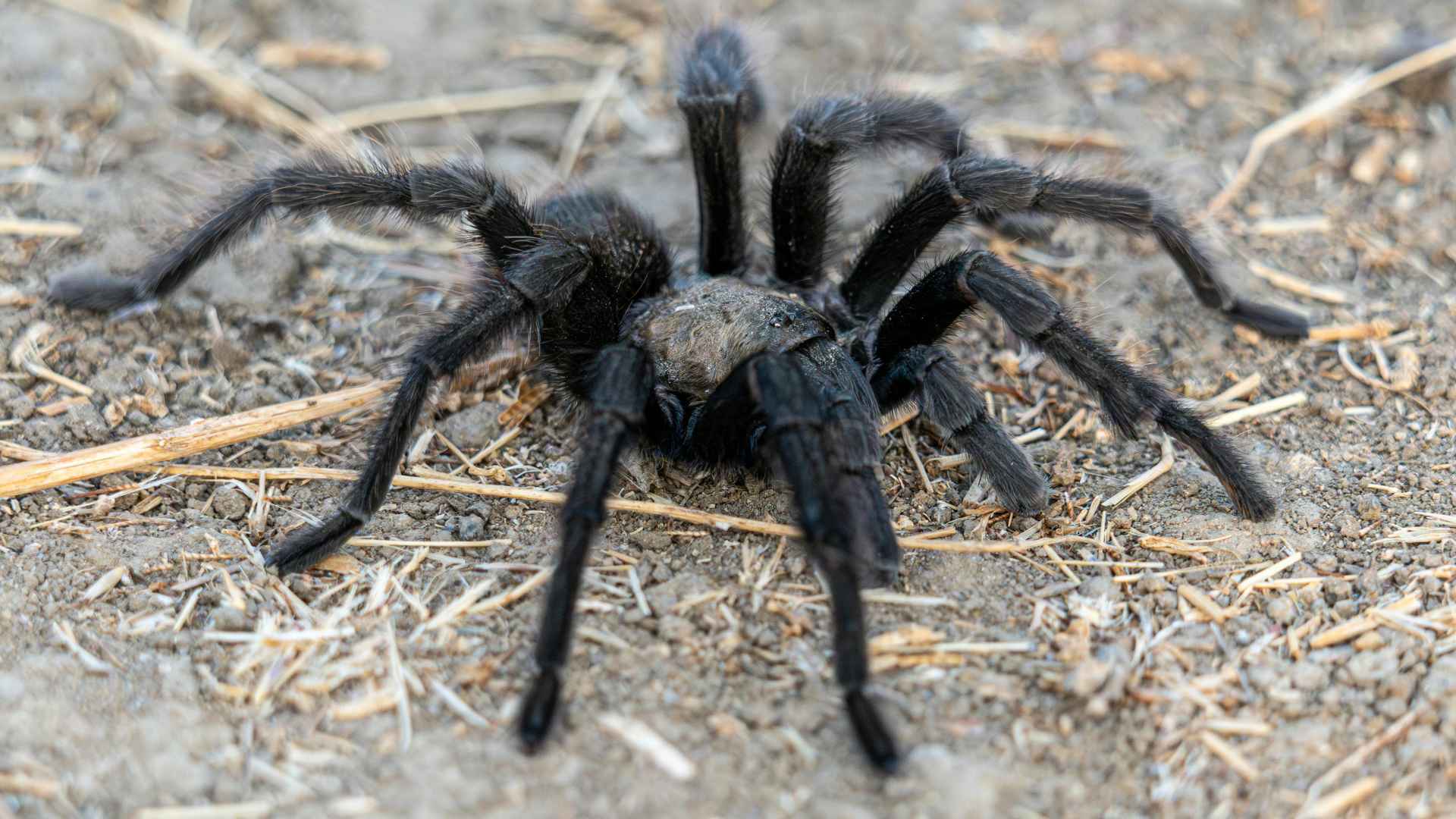Young males will crawl out of their desert burrows from September through November, giving hikers and drivers an unforgettable—if slightly unsettling—wildlife encounter.
Ever seen a softball‑sized spider amble across a road and wondered why? This fall, tens of thousands of male tarantulas will leave their underground hideouts in California, Colorado, Kansas, New Mexico and Texas, all chasing one goal: finding a mate before winter.
The spectacle begins after the first seasonal rains. Because females stay close to their burrows, almost every tarantula you spot on the move is a bachelor on a mission. Experts like California State Parks biologist Dan McCamish stress that the species is docile but can bite if handled, so admire from a distance.
Why thousands of male tarantulas will roam western deserts this fall
Males spend up to five years maturing underground, molting until pheromones signal it’s time to travel. Consequently, September through early November becomes peak “spider traffic,” especially from late evening to dawn when the desert cools. Both sexes retreat once temperatures drop, explaining why sightings plummet afterward. Where you might meet them:
- California’s Mojave and foothill grasslands
- Colorado’s Comanche National Grassland
- Kansas prairie corridors near the Arkansas River
- New Mexico’s Chihuahuan Desert basins
- Texas Hill Country and Panhandle plains
Other arid states—from Arizona to Nevada—also host related species, so stay alert.
How to avoid harming these wandering arachnids? First, resist the urge to scoop one up. Instead, gently nudge its abdomen with a stick to redirect it—no squishing required. Campers should shake out boots and bedding and use duct tape to remove any itchy urticating hairs. Consequently, both you and the spider stay safe.
Tarantulas aerate soil and keep insect numbers in check; their abandoned dens shelter lizards and small mammals. Killing them disrupts this balance.
Key dates and locations to spot the annual tarantula mating migrations safely
Plan outings between the first fall rain and Thanksgiving, checking roads and trails just after dusk. So what should you do if one strolls into your campsite? Give it space, snap a photo, and let it continue its love quest. At‑a‑glance timeline:
| Month | Typical activity | Best viewing window |
|---|---|---|
| September | Emergence after rain | Dusk to midnight |
| October | Peak roaming and mating | Sunset to early dawn |
| November | Decline as cold sets in | Warm evenings only |
Tarantulas may look fearsome, yet they’re gentle travelers whose brief march keeps desert ecosystems humming. Leave them be, share the trail, and witness one of the Southwest’s most underrated wildlife spectacles.

